If you’ve ever tried following a diet and ended up in a spiral of food guilt and unfinished grocery lists, you’re not alone. That’s where the 21 Day Fix comes in. It’s not a fad or a cleanse. It’s a portion-control system built for people who want real results without turning their kitchen into a chemistry lab.
This article isn’t a list of recipes or a copy-paste from a nutrition label. It’s a guide that shows you how to make the 21 Day Fix work in your everyday life. We’ll walk through how it’s structured, what meals can look like, and how to make it stick when motivation fades. Let’s break it down in a way that actually makes sense.
Sticking to a plan like the 21 Day Fix is way easier when you’re not juggling screenshots, random bookmarks, and scribbled shopping lists. That’s where ReciMe can really help. It lets you save recipes from anywhere, whether it’s TikTok, Pinterest, or your own notes, and organize them by meal type, container category, or day of the week. You can build out a full week’s worth of meals, track your Red and Green containers, and even generate grocery lists that group ingredients by aisle or by dish. Our app is not doing the hard part for you, but it does cut the chaos. And when you’re working with a structured system like this, having that kind of support makes it a whole lot more doable.


What Is the 21 Day Fix, Really?
At its core, the 21 Day Fix is about balance. You’re not counting calories or eliminating entire food groups. Instead, you’re using color-coded containers to manage your portions and eat more intentionally. Each color represents a different food category, so you know exactly what you’re getting without second-guessing.
Here’s a quick rundown of the containers:
- Green: veggies
- Purple: fruits
- Red: lean protein
- Yellow: carbs
- Blue: healthy fats
- Orange: seeds and dressings
- Teaspoons: oils and nut butters
The idea is simple: eat the right amounts of the right foods, and your body will respond. That means less guesswork, fewer “is this okay?” moments, and more consistency without obsession.
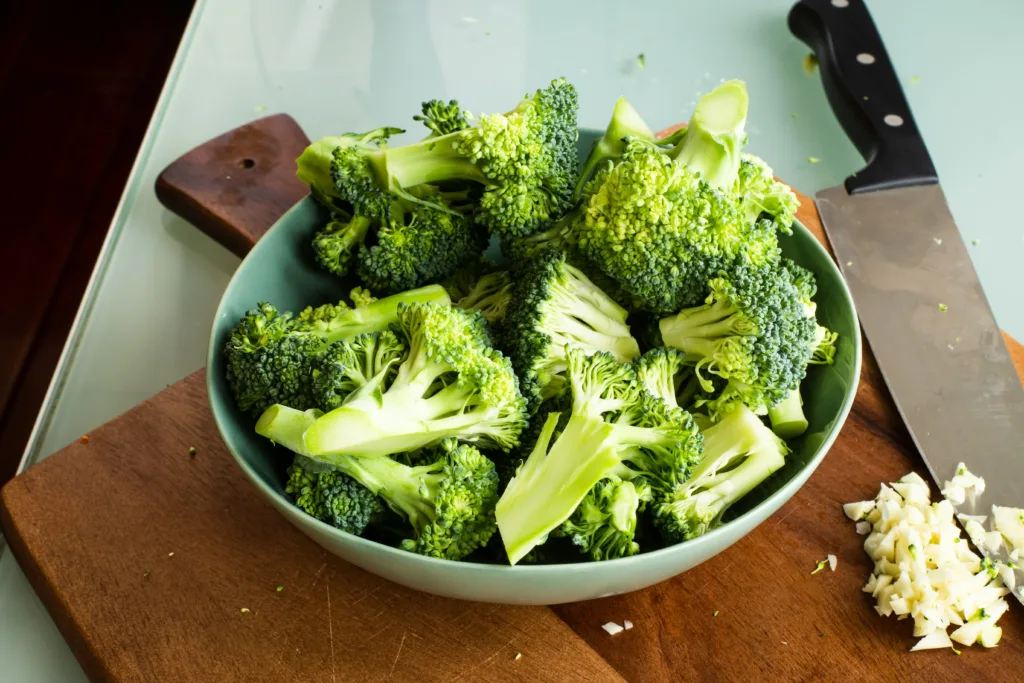
Who Is the 21 Day Fix For?
Honestly? Anyone who wants structure without misery. This plan works well if you:
- Want to lose weight without eliminating entire food groups
- Struggle with portion control
- Get overwhelmed by calorie tracking apps
- Like having a plan but still want flexibility
- Need meals that are doable with a busy schedule
You don’t need to be a fitness junkie or meal prep expert to make this work. In fact, the more chaotic your current eating habits are, the more helpful this system can be.
What Makes the 21 Day Fix Different?
A lot of programs make big promises but feel like a second job once you get started. The 21 Day Fix isn’t like that. You get a clear plan, portion containers to guide your meals, and the freedom to eat what you actually enjoy, just in the right amounts.
Some standout features:
- It’s not about cutting carbs or banning chocolate
- The container system removes the need for constant tracking
- You can adapt the meals to different dietary needs
- Meal planning doesn’t take over your life
Also worth noting: it’s built to last 21 days for a reason. That’s long enough to see changes, short enough not to feel stuck.
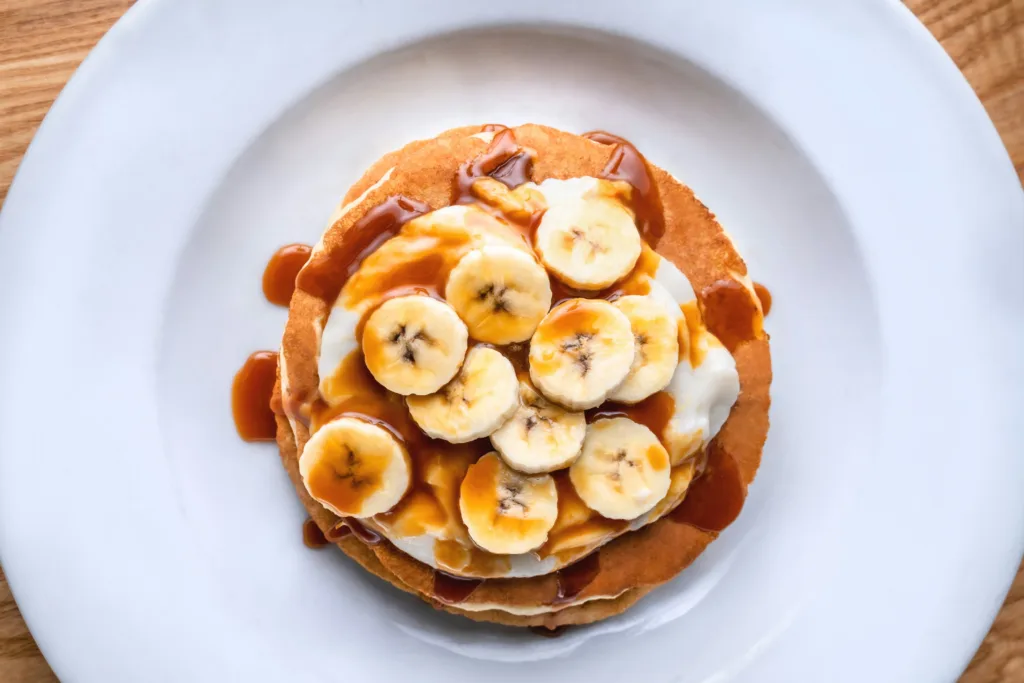
How to Figure Out Your Container Counts
Before you jump into planning meals, you need to know how many containers you get per day. This depends on your calorie bracket, which you calculate using a simple formula based on your current weight and activity level.
There are four main calorie ranges, each with a slightly different breakdown. For example:
1200–1499 calories/day might look like:
- 3 Green
- 2 Purple
- 4 Red
- 2 Yellow
- 1 Blue
- 1 Orange
- 2 teaspoons
1800–2099 calories/day might look like:
- 5 Green
- 3 Purple
- 5 Red
- 4 Yellow
- 1 Blue
- 1 Orange
- 5 teaspoons
You can find the full formula in the original plan guide, but most online calculators will give you your bracket in seconds. Once you know your count, you can start organizing your day around it.
A Sample Day on the 21 Day Fix
Here’s what your days might look like:
Day 1
Breakfast: Egg Muffins with Spinach and Bell Peppers
Baked in a muffin tin and easy to reheat, these grab-and-go bites are packed with protein and veggies. Perfect for busy mornings.
Lunch: Grilled Chicken Salad with Balsamic Vinaigrette
Grilled chicken over mixed greens with cherry tomatoes, cucumbers, and a splash of tangy vinaigrette. Clean and fresh without feeling boring.
Dinner: Zucchini Noodles with Marinara and Meatballs
Lean turkey meatballs served over spiralized zucchini and topped with a light marinara. It’s cozy, low-carb, and weeknight-friendly.
Day 2
Breakfast: Protein Pancakes with Blueberries
Fluffy pancakes made with oats and eggs, topped with fresh blueberries. They’re filling and feel like a treat without going off track.
Lunch: Quinoa Bowl with Black Beans and Peppers
A hearty mix of quinoa, black beans, and sautéed bell peppers. Add a few slices of avocado if you’ve got room for healthy fats.
Dinner: Grilled Shrimp with Veggie Skewers
Shrimp and vegetables brushed with olive oil and grilled until charred and juicy. Fast, colorful, and satisfying.
Day 3
Breakfast: Greek Yogurt with Strawberries and Granola
Creamy low-fat yogurt layered with sliced strawberries and a sprinkle of granola. A cold, sweet way to start your day.
Lunch: Baked Salmon with Sweet Potato and Broccoli
Roasted salmon with a side of steamed broccoli and half a sweet potato. Balanced and full of protein and healthy fats.
Dinner: Lentil Chili with Bell Peppers and Tomatoes
Swap out the lean ground beef for lentils to keep the hearty texture and flavor without using red meat. Add bell peppers, diced tomatoes, and kidney beans for fiber and richness. Top with a sprinkle of chopped cilantro or green onion if you’ve got room in your containers.
Day 4
Breakfast: Oatmeal with Banana and Almond Butter
Old-fashioned oats cooked and topped with banana slices and a spoonful of almond butter. Hits the sweet and hearty notes at once.
Lunch: Turkey Lettuce Wraps with Brown Rice
Ground turkey cooked with a little garlic and onion, wrapped in crisp lettuce leaves, and served with a scoop of brown rice.
Dinner: Baked Tofu with Stir-Fried Cabbage
Golden tofu cubes tossed with stir-fried cabbage, carrots, and sesame oil. A simple plant-based dinner that actually fills you up.
Day 5
Breakfast: Veggie Scramble with Toast
Eggs scrambled with chopped zucchini and tomatoes, served with a slice of whole grain toast. Simple and nourishing.
Lunch: Chicken Stir-Fry with Veggies
Quick sautéed chicken with carrots, snow peas, and bell peppers. Use coconut aminos or low-sodium soy sauce for flavor.
Dinner: Stuffed Bell Peppers with Turkey and Brown Rice
Bell peppers filled with ground turkey, brown rice, and diced veggies. Top with a pinch of cheese if you’ve got a Blue container left.
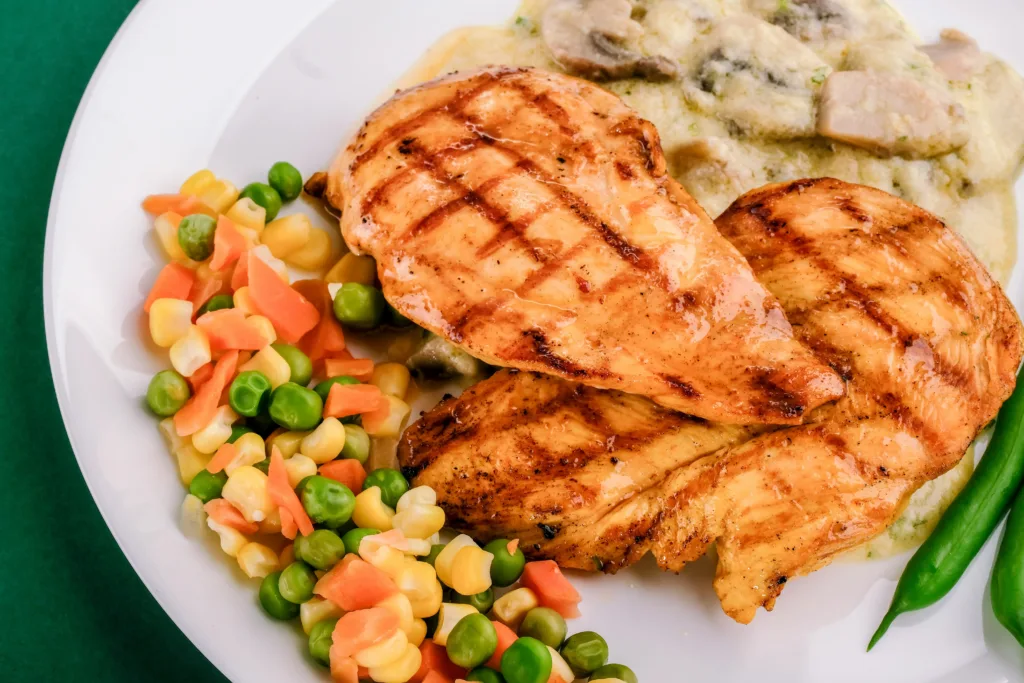
Day 6
Breakfast: Protein Pancakes with Blueberries
Make a double batch from Day 2 and reheat. They hold up well and make the morning easy.
Lunch: Grilled Chicken Salad with Balsamic Vinaigrette
Same as Day 1. Repeating meals is totally fine when they’re easy and tasty.
Dinner: Zucchini Noodles with Marinara and Meatballs
A repeat by design. You’ve got the ingredients, so use them again and save time.
Day 7
Breakfast: Greek Yogurt with Strawberries and Granola
If it works, stick with it. Use frozen fruit if fresh isn’t available.
Lunch: Baked Salmon with Sweet Potato and Broccoli
Sunday meal prep friendly. Roast everything together and store extra for later.
Dinner: Turkey and Bean Chili
End the week with a warm, comforting bowl of chili made with lean ground turkey instead of beef. Add black beans, diced tomatoes, and chopped bell peppers for flavor and fiber.
Day 8
Breakfast: Oatmeal with Banana and Almond Butter
Hot, filling, and a great source of energy to start a new week.
Lunch: Turkey Lettuce Wraps with Brown Rice
Light but satisfying. Add hot sauce or fresh herbs to mix up the flavor.
Dinner: Grilled Shrimp with Veggie Skewers
If the weather’s nice, cook it outside. If not, broil it in the oven. Either way, it’s fast and full of flavor.
Day 9
Breakfast: Veggie Scramble with Toast
Use up leftover veggies and get a warm, balanced start to your day.
Lunch: Chicken Stir-Fry with Veggies
Add different veggies today – try mushrooms or cabbage for a change.
Dinner: Stuffed Bell Peppers with Turkey and Brown Rice
Still one of the easiest ways to get your protein, carbs, and veggies in a single dish.
Day 10
Breakfast: Egg Muffins with Spinach and Bell Peppers
Make a batch and freeze a few. They reheat well in the microwave or toaster oven.
Lunch: Quinoa Bowl with Black Beans and Peppers
Add some lime juice and cilantro if you want to make it feel fresh again.
Dinner: Zucchini Noodles with Marinara and Meatballs
A good fallback when you’re too tired to cook something new.
Day 11
Breakfast: Protein Pancakes with Blueberries
They’re still good, and honestly, sometimes you just need something comforting that doesn’t make a mess.
Lunch: Grilled Chicken Salad with Balsamic Vinaigrette
Add a hard-boiled egg or a sprinkle of seeds today if you’ve got a Blue or Orange container left.
Dinner: Turkey and Black Bean Chili
Stick with the cozy chili vibe, but switch the ground beef for lean ground turkey. Add black beans, tomatoes, and corn if you have Yellow container space.
Day 12
Breakfast: Greek Yogurt with Strawberries and Granola
Swap strawberries for blueberries if you’re running low. Still delicious.
Lunch: Turkey Lettuce Wraps with Brown Rice
Add a few shredded carrots or cucumber sticks on the side to round it out.
Dinner: Baked Tofu with Stir-Fried Cabbage
Add a splash of low-sodium soy sauce or rice vinegar. Tofu takes on whatever you throw at it.
Day 13
Breakfast: Oatmeal with Banana and Almond Butter
Add a dash of cinnamon or a spoon of flaxseed if you’re feeling fancy.
Lunch: Chicken Stir-Fry with Veggies
Use pre-chopped stir-fry mix if you’re low on time. Still counts.
Dinner: Stuffed Bell Peppers with Turkey and Brown Rice
Add salsa or crushed red pepper to mix up the flavor. It’s comfort food that works.
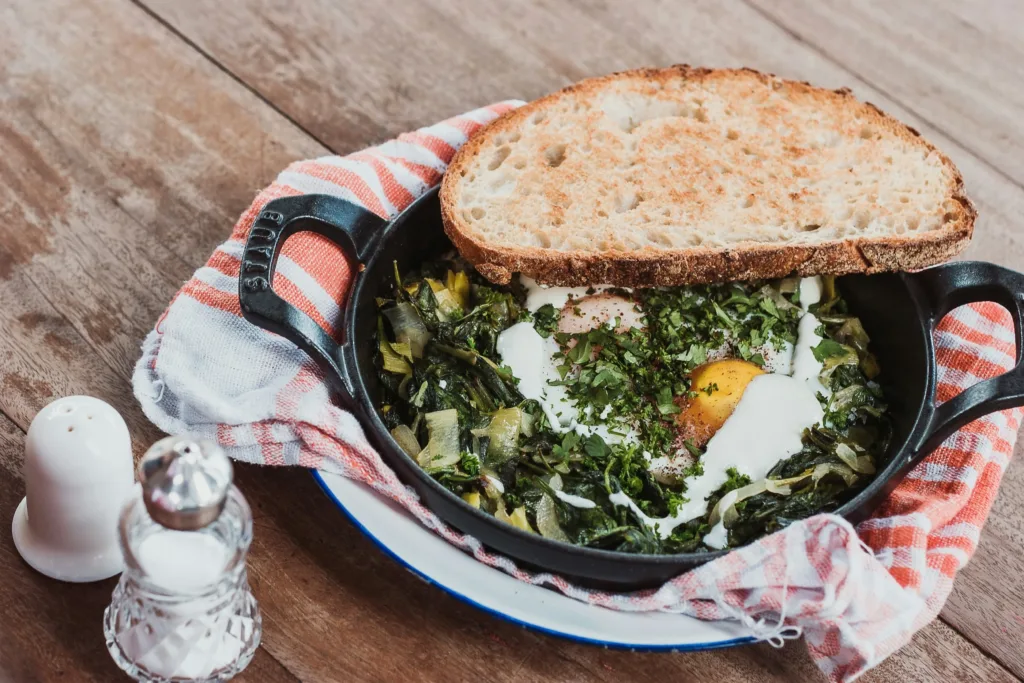
Day 14
Breakfast: Veggie Scramble with Toast
It’s still a winner. Add mushrooms or spinach to change things up.
Lunch: Grilled Shrimp with Veggie Skewers
Try a squeeze of lemon or a shake of paprika before grilling. Adds a new layer of flavor.
Dinner: Zucchini Noodles with Marinara and Meatballs
Same base, different toppings. Try a few sliced olives or basil if you’re over the usual version.
Day 15
Breakfast: Egg Muffins with Spinach and Bell Peppers
If you froze a few earlier, today’s the day to pull them out.
Lunch: Quinoa Bowl with Black Beans and Peppers
Still hearty and colorful. Add roasted corn or leftover grilled veggies if you’ve got them.
Dinner: Grilled Chicken with Sweet Potato and Green Beans
Simple and satisfying. Throw everything on one baking tray and roast it all together.
Day 16
Breakfast: Protein Pancakes with Blueberries
Keep it easy. You know they work and they don’t make you late.
Lunch: Greek Tuna Salad with Veggies
Add a spoon of plain Greek yogurt and a dash of lemon juice or vinegar for dressing. Serve it over greens or in lettuce cups to keep it fresh and on-plan.
Dinner: Turkey Meatballs with Roasted Zucchini and Quinoa
Think “deconstructed meatball bowl.” It hits all the right containers and tastes like dinner should.
Day 17
Breakfast: Greek Yogurt with Strawberries and Granola
This one’s still going strong. If you need a switch, swap granola for a few chopped almonds.
Lunch: Baked Salmon with Sweet Potato and Broccoli
Same base, but add a garlic-herb rub or some lemon slices while roasting.
Dinner: Veggie Tacos with Cabbage Slaw
Skip the tortillas and serve your black beans in roasted bell pepper halves or on a bed of romaine. Add a crunchy slaw of shredded cabbage and carrots with a squeeze of lime.
Day 18
Breakfast: Oatmeal with Banana and Almond Butter
At this point, you probably have it down to a 5-minute routine.
Lunch: Grilled Chicken Salad with Balsamic Vinaigrette
Switch the base to arugula or kale if romaine is getting old.
Dinner: Veggie Stir-Fry with Brown Rice and Scrambled Eggs
Stir-fry mixed veggies, then crack in a couple of eggs at the end. Easy, fast, and filling.
Day 19
Breakfast: Egg Muffins with Spinach and Bell Peppers
Another freezer-friendly breakfast. Add salsa if you want a little kick.
Lunch: Quinoa Bowl with Black Beans and Peppers
Top with a little shredded cheese (Blue) if you’ve got one left.
Dinner: Grilled Shrimp with Veggie Skewers
Still one of the fastest dinners when you’re over chopping and prepping.
Day 20
Breakfast: Veggie Scramble with Toast
Use up any leftover produce in the fridge. Scrambles are made for cleaning out the crisper.
Lunch: Turkey Lettuce Wraps with Brown Rice
You know the drill by now. Fast, fresh, and easy to take on the go.
Dinner: Zucchini Noodles with Marinara and Meatballs
You’ve probably eaten this three times already. There’s a reason for that. It works.
Day 21
Breakfast: Protein Pancakes with Blueberries
End on a high note. They still feel like a treat, even after three weeks.
Lunch: Baked Salmon with Sweet Potato and Broccoli
A solid, simple lunch that’s hard to mess up.
Dinner: White Bean and Veggie Chili
Add some cumin, garlic, and paprika for a warm flavor. This version stays within Red and Green containers, with a little Orange if you drizzle some olive oil or avocado oil on top.

21 Day Fix Meal Prep Tips That Actually Help
Meal prep doesn’t have to mean spending your entire Sunday in the kitchen. It can be as simple or involved as you want it to be. Here are a few tips to make it easier without turning it into a full-time job:
- Batch your proteins: Cook a few servings of grilled chicken, turkey, or tofu to use throughout the week
- Roast a tray of mixed veggies: Broccoli, carrots, zucchini, and peppers all keep well and fit into your Green container
- Pre-portion snacks: Use zip bags or small containers to pre-pack almonds, carrots, fruit, or hummus
- Double up dinner: Make a little extra at night so lunch the next day is already done
- Build “base” meals: Think of bowls with a grain, a veggie, and a protein – mix and match with different seasonings or sauces to keep it interesting
Most of the time, people quit meal plans not because they’re hungry, but because they’re bored or burned out. Keeping it flexible but familiar makes it way easier to stick to.
How to Make the Plan Stick After 21 Days
This might be the most important part. Anyone can white-knuckle their way through three weeks. The real challenge is what happens on Day 22.
If you want your progress to last, keep this in mind:
- Don’t treat it like a temporary fix: Think of it as a learning tool, not a punishment. Once you know your portions, you can eyeball things more naturally.
- Carry over the structure: You don’t need to measure every meal forever, but continuing to build meals around protein, veggies, and smart carbs will serve you well.
- Use the containers when you feel off track: If a vacation or stressful week threw you off, go back to the system for a few days. It’s like a reset button.
- Be flexible, not rigid: If you hate sweet potatoes, don’t eat them. Find foods you enjoy that still fit the plan. The goal is sustainability, not suffering.
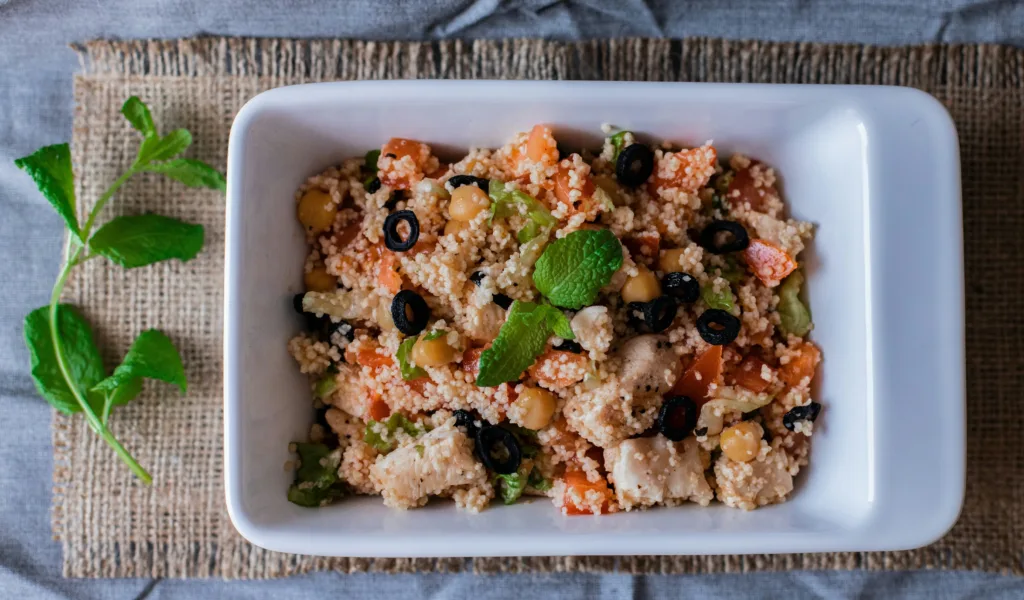
Quick Wins for Busy People
If you want to follow the 21 Day Fix but feel like your schedule is stacked against you, here are a few ways to save time and still stay consistent:
- Cook double portions of dinner and eat leftovers for lunch
- Use frozen veggies to avoid chopping and waste
- Buy pre-portioned snacks like single-serve hummus or nut packs
- Use slow cookers or air fryers for hands-off meals
- Keep a protein bar in your bag for emergencies (just make sure it fits your Red container)
You don’t need more time. You need fewer steps. The more streamlined your plan, the more likely it is to stick.
Conclusion
The 21 Day Fix isn’t about perfection, and it’s definitely not about eating bland “diet” food. It’s about building a system that works for real life. When you know how much of each type of food you need, planning meals stops feeling like a guessing game. It’s practical, flexible, and forgiving enough to handle last-minute changes or nights when you just want something simple. If you stick with it for three weeks, you’ll not only see results but also learn habits that last longer than any single meal plan. Pairing it with tools like ReciMe makes the process smoother because you’re not wasting energy on organization. You can focus on cooking, eating, and moving forward.
FAQs
What can I eat on the 21 Day Fix?
You can eat a mix of lean proteins, whole grains, vegetables, fruits, and healthy fats. The container system just helps you figure out the right portions so you’re not overthinking every meal.
Do I have to follow the exact meal plan every day?
Not at all. The plan is flexible. You can swap meals around, repeat your favorites, or mix things up as long as you stick to your container counts.
Is meal prep required?
It’s not mandatory, but prepping a few basics like cooked proteins, chopped veggies, or grains can save you a lot of time. Even prepping one or two meals ahead can keep you from scrambling when you’re tired or busy.
Can I eat out while doing the plan?
Yes, but it helps to know your container counts for the day. You can still enjoy a restaurant meal by choosing grilled proteins, veggies, or simple sides that fit the plan.
How do I track everything without getting overwhelmed?
Some people use a notebook or spreadsheet, but we prefer using apps like ReciMe. It lets you save your meals, plan the week, and create grocery lists that match your container needs.
What happens after 21 days?
You can repeat the plan or use it as a guide to eat more balanced meals. Many people keep using the container system when they need a reset or want to stay mindful about portions.
Do I have to buy special foods?
No. The plan is built around everyday ingredients like chicken, eggs, veggies, fruits, and grains. You can stick to what’s available in your regular grocery store.
